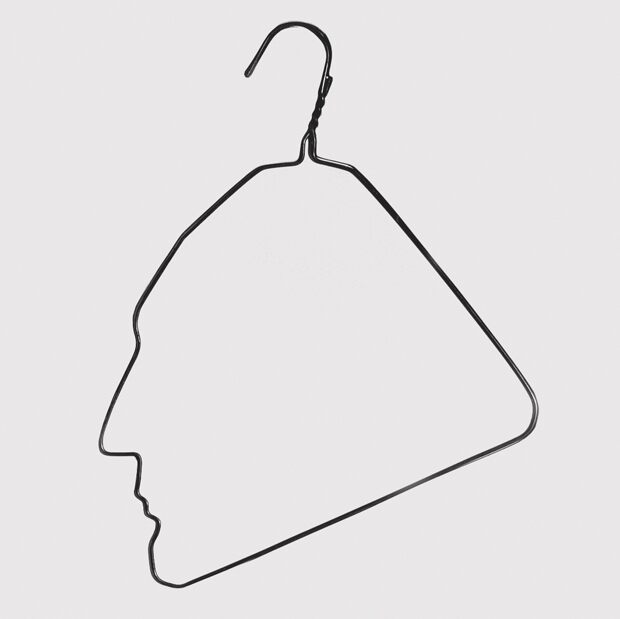Art 2

“Dumpsters are everywhere in the streets of New York City, and you could probably find a number of masterpieces in them. I must have moved about ten times during my years in New York, and artworks were the first things I threw away. I had pride in these works, of course, but once I’d finished them, my friendship with them had ended. I didn’t owe them, and they didn’t owe me, and I would have been more embarrassed to see them again than I would have been to run into an old lover. If they were not going to be hanging on someone else’s wall, they didn’t count as anything at all. …
[Back in Beijing] young artists often came to me for counseling and like a traditional Chinese physician dispensing cures, I would … offer a prescription …: they should make no effort to please other people and just concentrate on preserving their vital energy. To conventional culture, I said, art should be a nail in the eye, a spike in the flesh, gravel in the shoe: the reason why art cannot be ignored is that it destabilizes what seems settled and secure. Change is an objective fact, and whether you like it or not, only by confronting challenges can you be sure you have enough kindling to keep the fire in your spirit burning. Don’t try to dream other people’s dreams. …
Art should be recognized, yes, but not in the form of expensive collectibles to be deposited in MoMA storage to molder – that’s simply a waste. … To me, art is a dynamic relationship with reality, with our way of life and attitude to life, and it should not be placed in a separate compartment. I have no interest in art that tries to keep itself distinct from reality.”
aus: Ai Weiwei: 1000 years of joys and sorrows. London: Bodley Head 2021, S.189, 201 und 234.
Abb.: Ai Weiwei: Hanging Man, 1985, im Internet.
03/22
Leave a Reply
You must be logged in to post a comment.